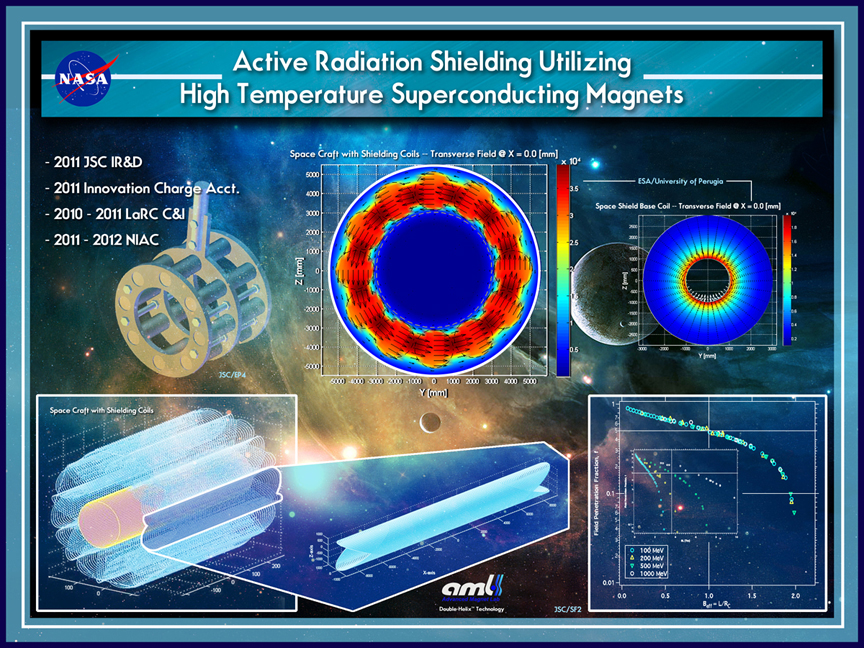
The International Agency for Research on Cancer (IARC) finds "inadequate evidence" for human carcinogenicity. When receiving such a shock at 5 kV/m, it was reported as painful by only 7% of test participants and by 50% of participants at 10 kV/m. Such voltage differences can also create electric sparks, similar to a discharge of static electricity when nearly touching a grounded object. In scientific tests, only about 10% of people could detect a field intensity in the range of 2-5 kV/m.
#Electromagnetic radiation cannot be focused skin#
People can start to perceive high-voltage charges as tingling when hair or clothing in contact with the skin stands up or vibrates. Because the human body is conductive, electric currents and resulting voltages differences typically accumulate on the skin but do not reach interior tissues. Įxposure to ELF waves can induce an electric current. Metal equipment must be maintained at a safe distance from energized high-voltage lines. These can produce electric fields up to 10kV/m on the ground directly underneath, but 50 m to 100 m away these levels return to approximately ambient. (120V power systems would be unable to reach this intensity unless an appliance has an internal voltage transformer.) Overhead power lines range from 1kV for local distribution to 1,150 kV for ultra high voltage lines. Typical household exposure to ELF waves ranges in intensity from 5 V/m for a light bulb to 180 V/m for a stereo, measured at 30 centimetres (12 in) and using 240V power. ĮLF waves around 50 Hz to 60 Hz are emitted by power generators, transmission lines and distribution lines, power cables, and electric appliances. The maximum recommended exposure for the general public is 5 kV/m. Extremely-low frequency Įxtremely low frequency EM waves can span from 0 Hz to 3 kHz, though definitions vary across disciplines. While the most acute exposures to harmful levels of electromagnetic radiation are immediately realized as burns, the health effects due to chronic or occupational exposure may not manifest effects for months or years. Warning sign next to a transmitter with high field strengths There are publications which support the existence of complex biological and neurological effects of weaker non-thermal electromagnetic fields (see Bioelectromagnetics), including weak ELF electromagnetic fields and modulated RF and microwave fields. As of 2019, much of the current work is focused on the study of EM fields in relation to cancer. In 2011, the WHO/International Agency for Research on Cancer (IARC) has classified radiofrequency electromagnetic fields as possibly carcinogenic to humans (Group 2B), based on an increased risk for glioma, a malignant type of brain cancer, associated with wireless phone use.Įpidemiological studies look for statistical correlations between EM exposure in the field and specific health effects. The World Health Organization (WHO) began a research effort in 1996 to study the health effects from the ever-increasing exposure of people to a diverse range of EMR sources. The IEEE and many national governments have established safety limits for exposure to various frequencies of electromagnetic energy based on SAR, mainly based on ICNIRP Guidelines, which guard against thermal damage. A measure of the heating effect is the specific absorption rate or SAR, which has units of watts per kilogram (W/kg). Typical RF energy levels encountered by the general public are well below the level needed to cause significant heating, but certain workplace environments near high power RF sources may exceed safe exposure limits.

Radio frequency (RF) energy at power density levels of 1–10 mW/cm 2 or higher can cause measurable heating of tissues. The eyes and testes are particularly susceptible to radio frequency heating due to the paucity of blood flow in these areas that could otherwise dissipate the heat buildup. The heating effect varies with the power and the frequency of the electromagnetic energy, as well as the inverse square of distance to the source. For example, touching or standing around an antenna while a high-power transmitter is in operation can cause burns (the mechanism is the same as that used in a microwave oven). Dielectric heating from electromagnetic fields can create a biological hazard.


 0 kommentar(er)
0 kommentar(er)
